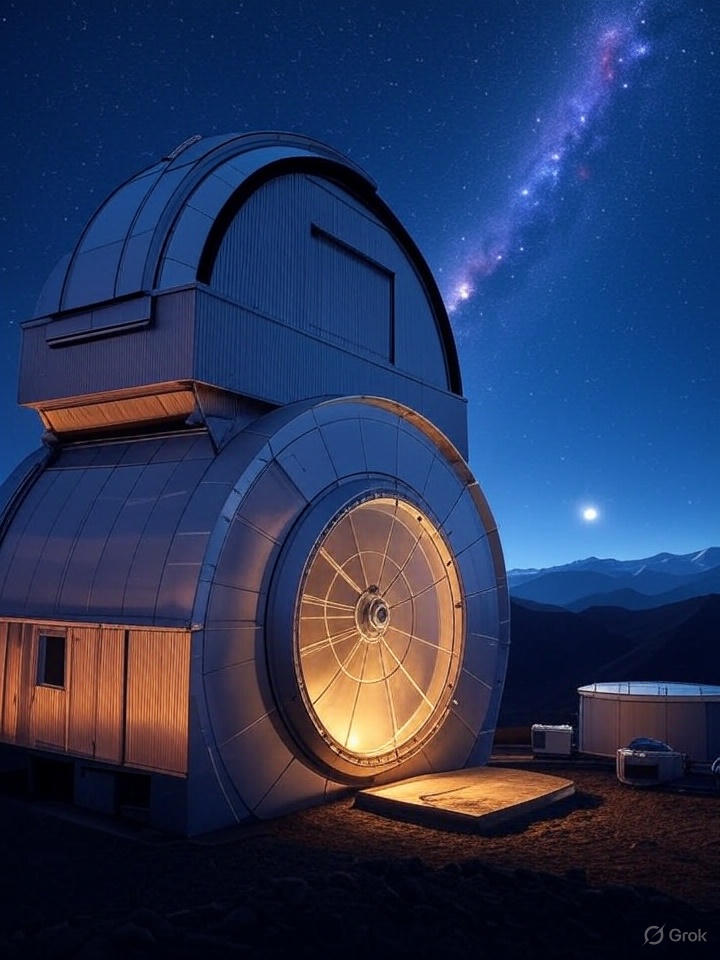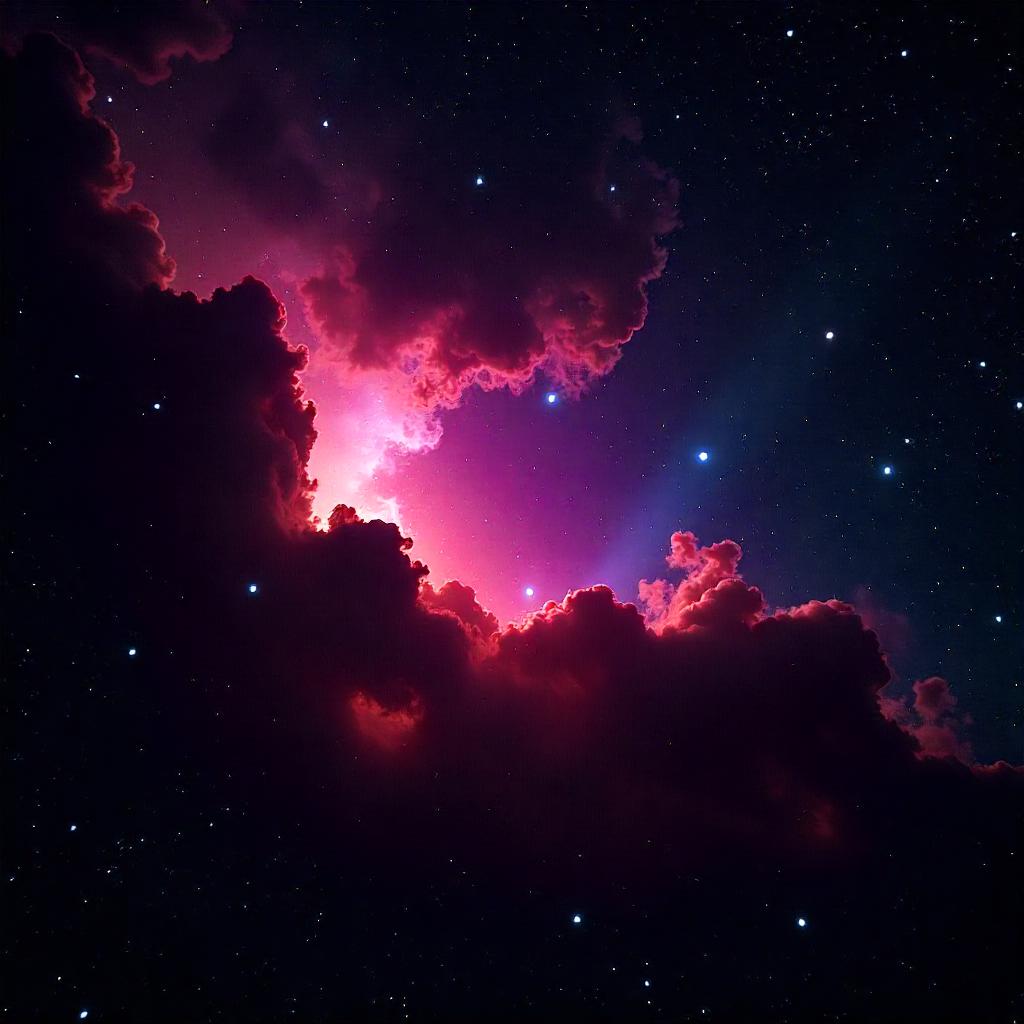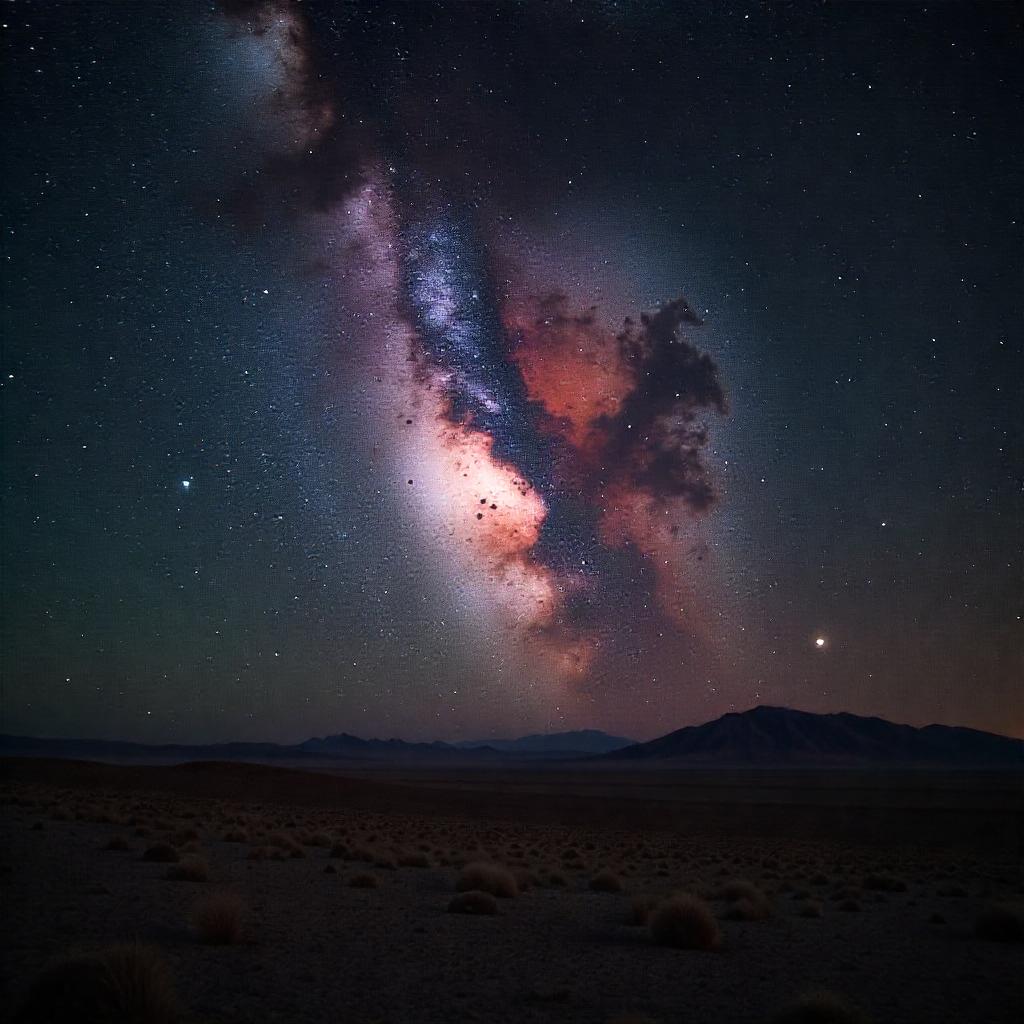Astronomers and climate scientists have unveiled two groundbreaking imaging breakthroughs: a new Chilean observatory captured exquisite nebula details, while a laser-equipped research platform photographed airflow over ocean waves—both developments poised to significantly enhance scientific models and understanding.
The Vera C. Rubin Observatory, perched atop Cerro Pachón in Chile, recently released its first close-up images, including a breathtaking shot of the Trifid Nebula (Messier 20). Utilizing its massive 3,200-megapixel LSST camera and 8.4 m Simonyi Survey Telescope, the team combined 664 exposures taken over four nights in May 2025 into a composite image. The result reveals intricate features: the pink emission nebula, the blue reflection nebula, and dark dust lanes separating the regions—offering unprecedented depth and resolution (ecotopical.com, Live Science).
This achievement marks more than just a visual marvel—it validates the observatory’s design and its mission to begin the Legacy Survey of Space and Time (LSST). Scheduled to start late in 2025 or early 2026, LSST will capture the entire southern sky every 3–4 nights, generating a “time-lapse movie” of the cosmos. Scientists expect thousands of new objects—including asteroids, supernovae, even interstellar visitors—to be discovered through this high-frequency monitoring (Live Science).

Laser-Imaged Airflow Over Ocean Waves
Meanwhile, an international team led by Dr. Marc Buckley from the Helmholtz‑Zentrum Hereon deployed a laser-equipped platform—the FLIP (Floating Instrument Platform)—in the Pacific to capture high-resolution images of airflow just millimeters above wave crests. This marks the first time such air–sea interactions have been visualized so closely (ScienceDaily).
Using particle image velocimetry, researchers observed two simultaneous and distinct energy-transfer phenomena:
- Short waves (~1 m) slowed relative to wind, creating shelter and pressure differences that pump energy into the waves.
- Long waves (up to ~100 m) moved faster than the wind, shaping airflow in reverse (IDW Online).
These dual mechanisms are critical to refine climate and weather models, which depend on precise quantification of momentum, heat, and greenhouse gas exchange across the air–sea boundary (ScienceDaily).
Why This Matters
- Astrophysics Impact: The Rubin Observatory’s imagery sets a new standard for deep-sky surveys. The Trifid Nebula shot exemplifies the facility’s power to detect faint structures, map star formation, and identify moving celestial bodies across its decade-long survey (Live Science).
- Climate Science Advances: This groundbreaking capture of near-surface airflow provides the empirical foundation needed to improve parameterizations in Earth system models, enhancing forecasts of weather, climate variability, coastal dynamics, and even marine ecosystems.
Looking Ahead
- Rubin Observatory will soon ramp up to full operation, delivering near-nightly visuals of the Southern sky—including asteroids, supernovae, and potentially Planet Nine candidates.
- Ocean laser research aims to extend measurements below the water surface and integrate findings into next-generation predictive models, benefiting fields from storm forecasting to carbon cycle understanding.
These two breakthroughs—from cosmic nebula to ocean wave—highlight how advanced imaging techniques are unlocking deeper insights across vastly different scales and environments. Together, they exemplify the power of high-resolution observation to transform our knowledge of the natural world.


